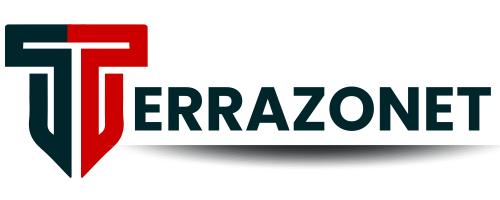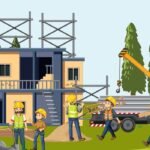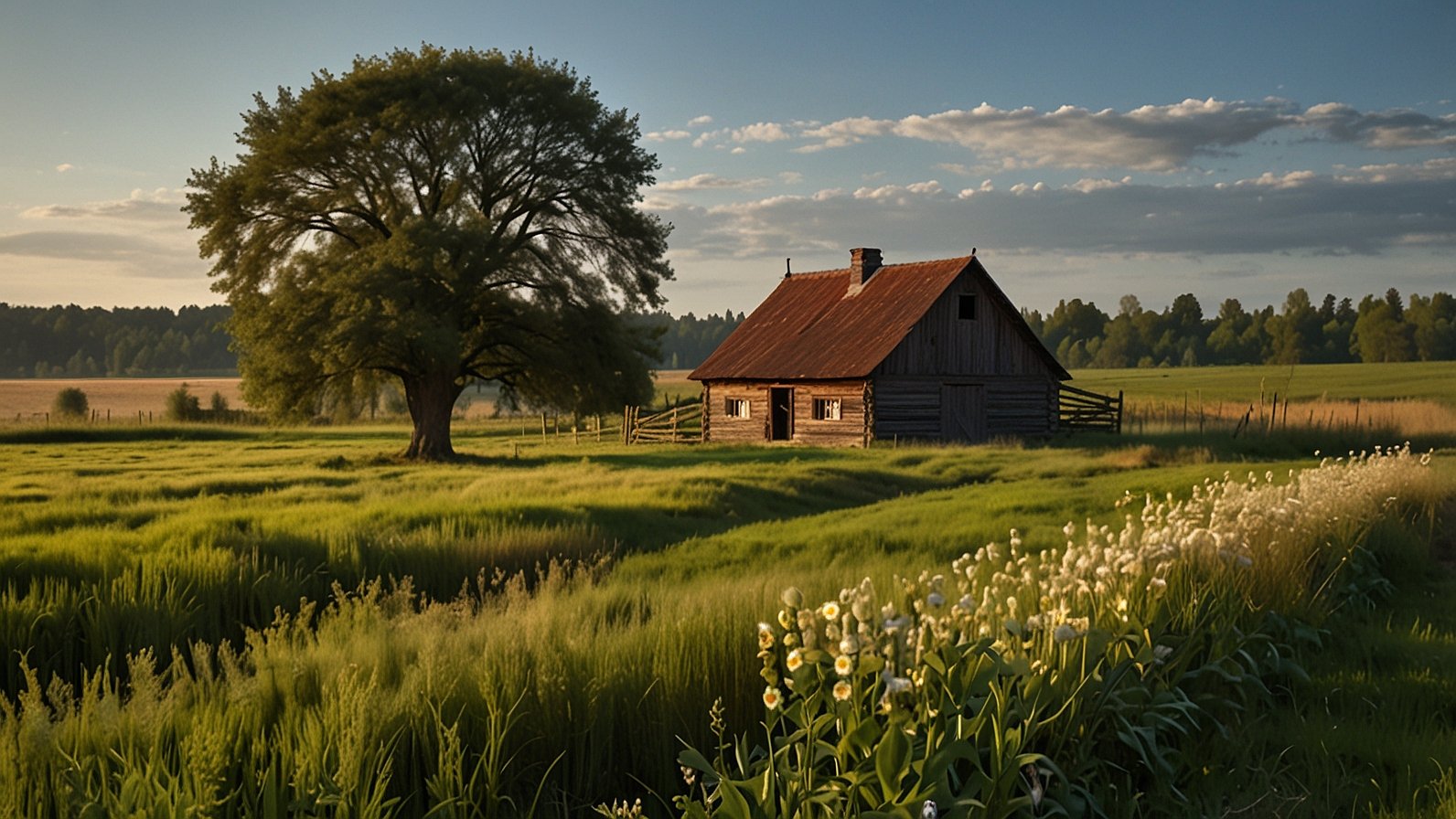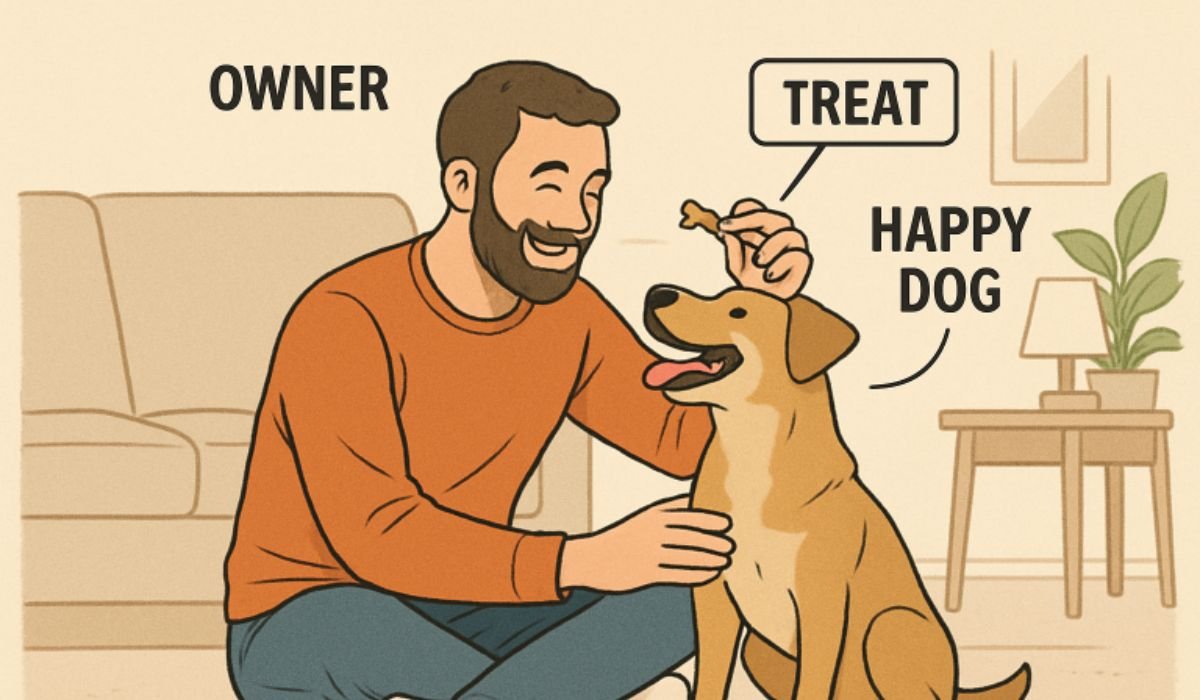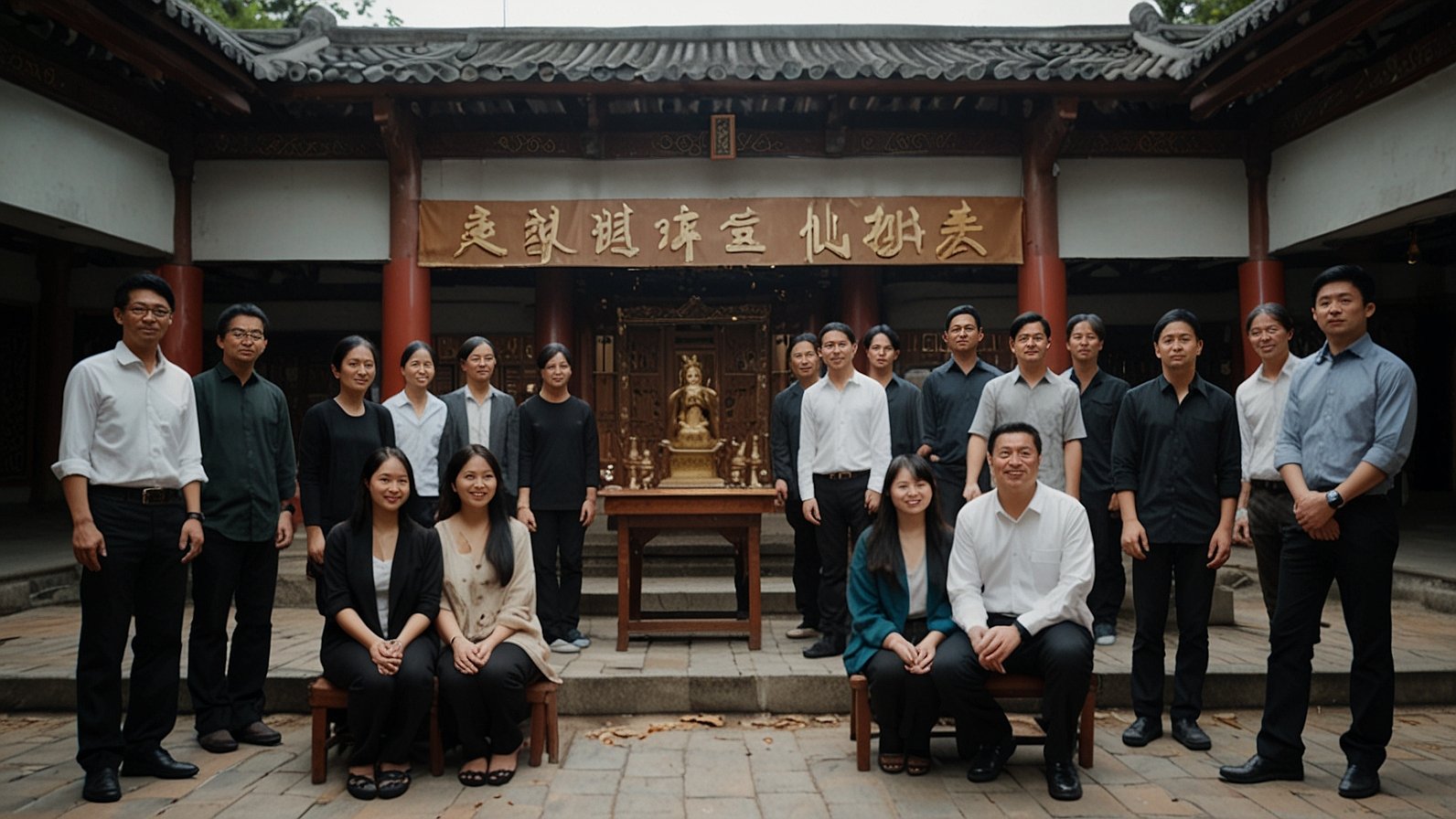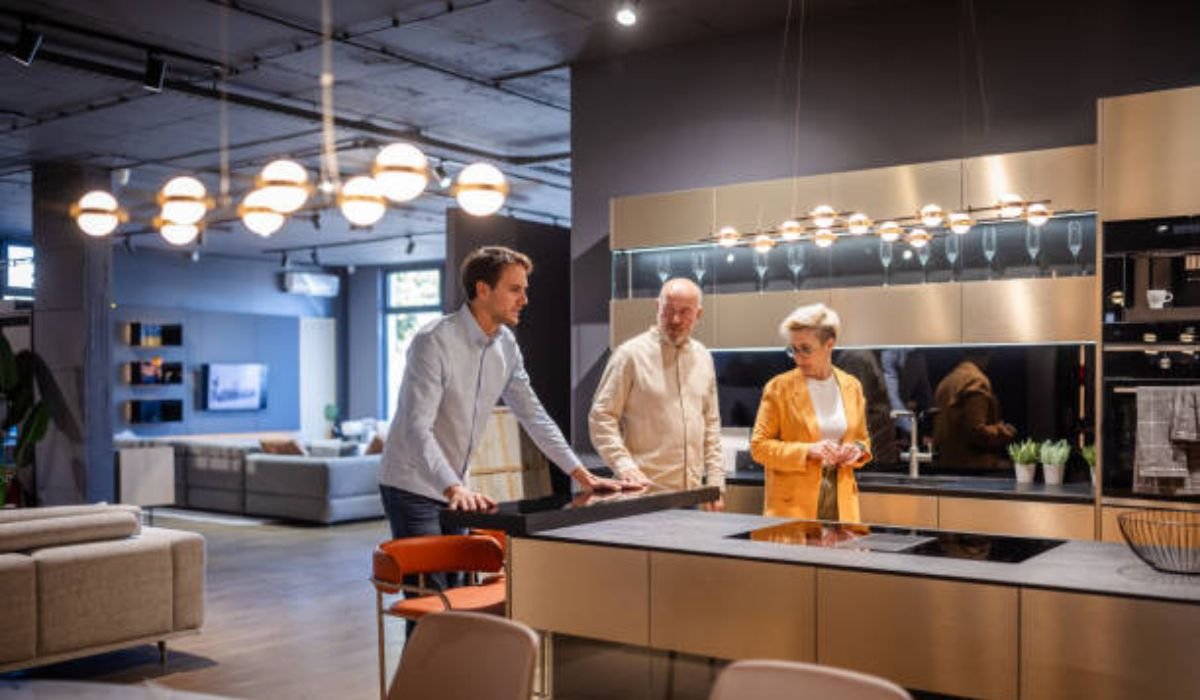Did you know that a single Lithuanian word captures centuries of community spirit, tradition, and a deep bond with the land? That word is sodziu (sodžius), and it holds the essence of Lithuania’s soul far beyond its simple translation as “village” or “farmstead.”
Forget just a cluster of houses; imagine the sodziu as the vibrant core of life, where generations worked, celebrated, and weathered history together. It’s where identity was forged. Let’s uncover why this term remains so powerful today.
Understanding the Sodžius: Lithuania’s Agrarian Anchor
The sodziu wasn’t just where people lived; it was how they lived. Rooted deep in Lithuania’s agricultural past, it represented a self-sufficient world centered around the family homestead and the surrounding fields. Think of it as the fundamental building block of rural society.
Key characteristics defined a traditional sodžius:
- The Homestead (Sodyba): The heart, featuring the main house, barns, granaries, and workshops – everything needed for daily life and work.
- Shared Land & Labour: Fields, pastures, and forests were often managed communally, fostering interdependence. Neighbours helped neighbours during crucial times like harvest (talka).
- Generational Ties: Families lived and worked the same land for centuries, creating an unbroken link to ancestors and the landscape itself.
- Social & Cultural Hub: This was the stage for weddings, christenings, seasonal festivals (like Joninės or Užgavėnės), and everyday social interaction.
The chart below illustrates the interconnected elements of a traditional sodžius ecosystem. It shows how the homestead, fields, community, traditions, and natural environment all relied on and reinforced each other.
Why “Sodžius” Means More Than Just “Village”
While often translated as “village,” sodziu carries nuances that broader terms miss. It evokes a specific, intimate scale and a profound sense of belonging tied directly to place and people.
- Community Over Geography: While a “kaimas” (another Lithuanian word for village) might denote a location, sodžius emphasizes the people and their shared life within that place. It’s about the human network.
- Self-Sufficiency: The sodžius ideal was about producing what you needed – food, tools, clothing – fostering resilience and deep knowledge of local resources.
- Cultural Cradle: Traditions, dialects, folk songs (dainos), crafts, and superstitions were nurtured and passed down within the sodžius. It was the primary school of Lithuanian folk culture.
The Enduring Spirit of Sodžius in Modern Lithuania
Even as urbanization swept the globe, the sodžius didn’t vanish; its spirit evolved. It remains a potent symbol in Lithuanian consciousness.
- Cultural Identity & Nostalgia: For many Lithuanians, especially in the diaspora, the sodžius represents roots, heritage, and a simpler, grounded way of life. It’s a powerful source of national identity.
- Rural Tourism & Sustainability: Traditional homesteads (sodybos) are often revitalized as guesthouses or agritourism farms (like the popular “kaimo turizmas” movement). Visitors experience traditional crafts, food, and connection to nature – the essence of the sodžius.
- Artistic Inspiration: Painters, writers, musicians, and filmmakers constantly return to the sodžius as a theme, exploring its history, struggles, beauty, and enduring values. Think of the works of Žemaitė or the paintings of Mikalojus Konstantinas Čiurlionis.
- Symbol of Resilience: The sodžius weathered invasions, occupations, and massive social change. It stands as a symbol of Lithuanian endurance, perseverance, and connection to their native soil (tėvynė).
Common Misconceptions About Sodžius
Let’s clear up a few things people sometimes get wrong:
- Myth: It was always idyllic. Life in the sodžius was hard, demanding physical labor from dawn to dusk. Poverty, disease, and the whims of nature were constant realities.
- Myth: It’s a thing of the past. While traditional communal farming is less common, the concept and values of the sodžius (community, self-sufficiency, connection to land) actively influence modern Lithuanian rural life, sustainability efforts, and cultural events.
- Myth: Every rural settlement is a “sodžius”. The term specifically evokes the traditional structure and way of life centered on the homestead and communal bonds, not just any small village.
Connecting with the Sodžius Spirit Today
You don’t need a time machine to experience the essence of sodžius. Here’s how you can connect:
- Visit Ethnographic Museums: Places like Rumšiškės Open-Air Museum near Kaunas meticulously recreate entire sodžius environments, letting you step into history.
- Explore Kaimo Turizmas: Stay on a working farm or restored homestead. Help feed animals, bake bread, or simply enjoy the peace. Search for authentic “sodyba” guesthouses.
- Attend Folk Festivals: Experience the music, dance, crafts, and food traditions that originated in the sodžius. Look for events celebrating Joninės (Midsummer) or Kaziukas Fair.
- Learn Traditional Crafts: Try your hand at weaving, pottery, blacksmithing, or amber work – skills honed over generations in the village setting.
- Talk to Elders: If you have Lithuanian heritage, ask older relatives about their childhood memories of village life. Their stories are living history.
3 Key Takeaways: Why Sodžius Still Matters
- It’s the Heart of Heritage: The sodžius is the bedrock of Lithuanian folk culture, traditions, and national identity.
- Community is Key: It teaches the enduring value of close-knit communities, mutual support, and shared responsibility.
- Land Shapes Life: It embodies the profound, unbreakable connection between the Lithuanian people and their landscape – a relationship that continues to define them.
What aspect of the traditional sodžius way of life resonates most with you? Is it the sense of community, the self-sufficiency, or the deep connection to nature? Share your thoughts below!
You May Also Read: The Gilded Diplomacy of Wood and Stone: Inside Catherine the Great Furniture Empire
FAQs
Q: How do you pronounce “sodžius”?
A: It’s pronounced roughly like “SOH-jooce” (with the “ž” sounding like the “s” in “pleasure”).
Q: Is “sodžius” the same as “kaimas” (village)?
A: While related, “sodžius” specifically emphasizes the traditional homestead-centered community and way of life, whereas “kaimas” is a more general term for a village settlement.
Q: Are there still traditional sodžiai in Lithuania today?
A: Fully traditional communal farming sodžiai are rare, but the concept lives on. Many homesteads (sodybos) exist, rural communities thrive, and the cultural values persist strongly. Ethnographic museums preserve historical examples.
Q: Why is the sodžius so important to Lithuanian identity?
A: It represents centuries of shared history, resilience through hardship, unique cultural traditions (language, song, craft), and a deep-rooted connection to the land – core elements of being Lithuanian.
Q: Can I visit a real sodžius?
A: While not functioning exactly as centuries ago, you can visit meticulously recreated historical sodžiai at open-air museums like Rumšiškės. You can also stay at authentic sodyba guesthouses offering agritourism experiences.
Q: What role did the sodžius play in preserving Lithuanian culture?
A: During periods of foreign occupation when cities were more influenced, the rural sodžius acted as a crucial stronghold for preserving the Lithuanian language, folk songs (dainos), traditions, crafts, and oral history.
Q: Does “sodžius” have any meaning in other Baltic languages?
A: Yes! It’s closely related to Latvian “sads” (garden, orchard) and Old Prussian “sadan” (garden), all stemming from the same Proto-Baltic root meaning “to plant” or “to settle,” highlighting the shared agrarian past.
